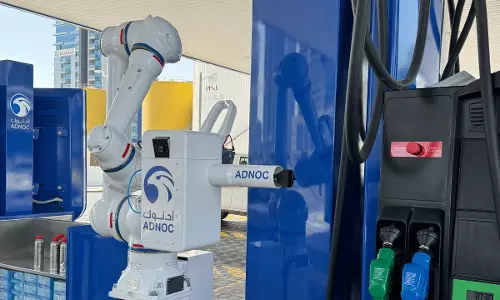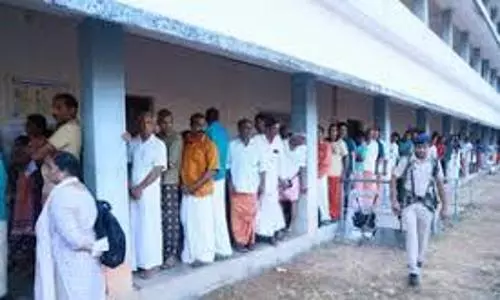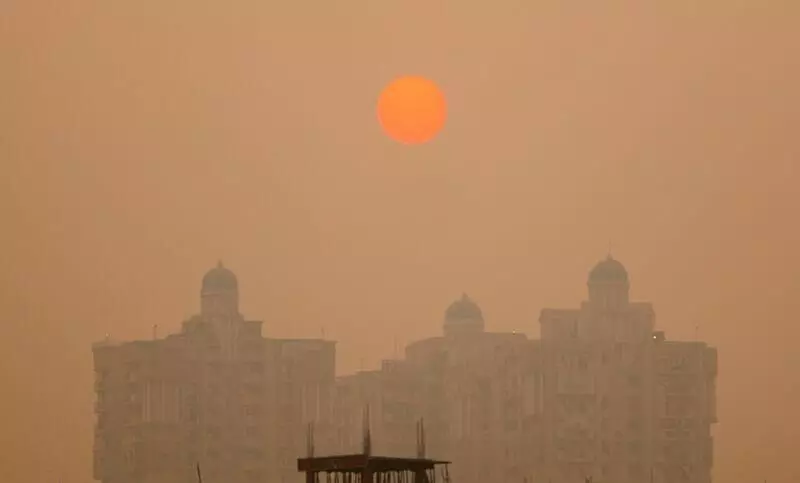
22 Indian cities among 30 most polluted in the world: Report
text_fieldsTwenty-two Indian cities have featured in the IQAir 2020 list for 30 most polluted cities globally. New Delhi is positioned at 10th place in the list while also being the most polluted capital city in the world. However, the 2020 World Air Quality Report compiled by the Swiss-based IQAir says that in 2020, there was a 15 per cent improvement in Delhi's air quality than in 2019. Hotan township in Xinjiang, China, topped the list to become the most polluted city in the world.
Ghaziabad, Bulandshahar, Bisrakh Jalalpur, Noida, Greater Noida, Kanpur, Lucknow, Meerut, Agra and Muzaffarnagar in Uttar Pradesh, Bhiwari in Rajasthan, Faridabad, Jind, Hisar, Fatehabad, Bandhwari, Gurugram, Yamuna Nagar, Rohtak and Dharuhera in Haryana, and Muzaffarpur in Bihar were the other 21 enlisted cities.
"India has observed markedly improved air quality in 2020 despite still experiencing dangerously high pollution levels with severe health consequences," the report reads. It further adds that all the cities improved than 2018, and 63 per cent of cities saw immediate improvement against 2019.
A significant cause for the quality decline in 2020, even after massive lockdowns, was agriculture residue burning. It is illegal in the country, but Punjab saw a 46.5 per cent increase in farm fires over 2019. Due to agricultural residue burning during October-December, Delhi's average pollution exposure exceeded the WHO annual target (10 μg/m3) by more than 14 times.
"To see real, long-term improvements in air quality, governments must prioritize clean energy sources such as wind and solar and promote low cost, carbon-neutral and accessible transport. Speeding up the transition to clean energy and clean transport not only saves lives but also dramatically reduces healthcare-related costs," Climate Campaigner of Greenpeace India, Avinash Chanchal, told IQAir.
With 37 of the 40 most polluted cities globally, South Asia is the most polluted region globally, with India, Pakistan and Bangladesh as major contributors.
Eighty-four per cent of all monitored countries showed improved air quality in 2020 due to the pandemic induced lockdown. "Many parts of the world experienced unprecedented but short-lived improvements in air quality in 2020, as restrictions related to the COVID-19 pandemic caused a steep drop in fossil fuel consumption," said Lauri Myllyvirta, lead analyst at the Centre for Research on Energy and Clean Air (CREA). But, only 24 out of 106 countries met WHO's annual guidelines for PM2.5.
According to the report, there is a correlation between the world's changing climate and the frequency and severity of high-pollution episodes. 2020 tied with 2016 as the hottest year on record with wildfires and sandstorms fuelled by the warming climate leading to extreme pollution levels in California, Siberia, Australia and South America. Meanwhile, many cities still don't have the apparatus to measure air quality.
"The year 2020 brought an unexpected dip in air pollution. In 2021, we will likely see an increase in air pollution due to human activity, again," said Frank Hammes, CEO of IQAir. "We hope this report will highlight that urgent action is both possible and necessary to combat air pollution, which remains the world's greatest environmental health threat."
























